Both the Mercedes GLC and BMW X3 have been smash hits.
It's hardly a surprise – they're family-sized SUVs from super-desirable brands. Each is lavishly appointed and packed with equipment, and both have the mature, confident on-road performance you expect from a premium car. But which should you pick? We'll compare the two side-by-side to help you choose.
We're looking at used examples of both cars here because they're the most widely available and affordable options. An overhauled GLC arrived in late 2022, and a new X3 is expected in late 2024 to compete – we'll compare those models once they become more common.
Mercedes GLC vs BMW X3 compared
| Mercedes GLC | BMW X3 |
Pros:
| Pros:
|
Cons:
| Cons:
|
Styling and design
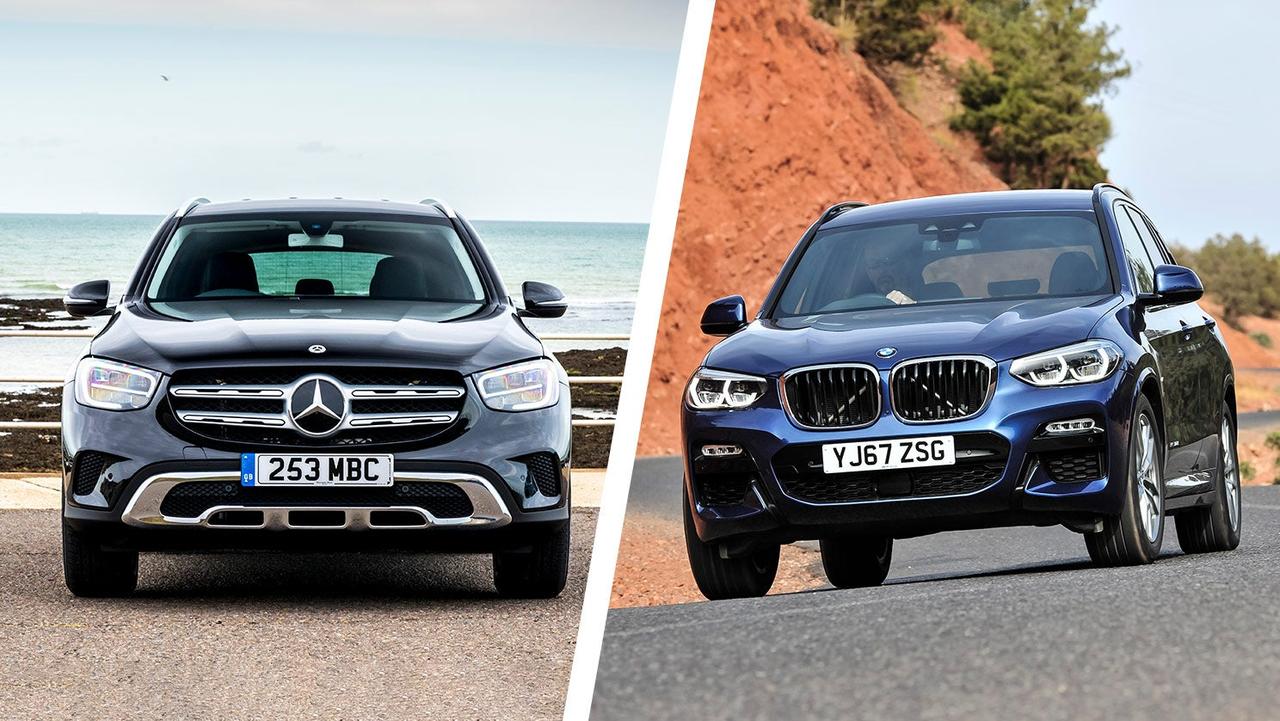
Brand identity is incredibly important for both Mercedes and BMW, so you'll find each marque's respective styling traits obviously displayed on these two cars. The GLC has the same bluff, upright front grille you'll find on generations of Mercedes models, with imposing headlights either side. Down the flanks, there's some neat surface detailing to mask the car's bulk and we quite like the traditional AMG-style five-spoke alloy wheels that are common on used examples.
Similarly, you expect a pair of 'kidney' grilles at the front of the BMW so, of course, the X3 gets them. Like other BMW models, the LED headlights hark back to the brand's distinctive 'angel eyes' lighting signatures, giving the car an unmistakeable front-end look. Like the Mercedes, some choice creases and folds in the bodywork break up its overall mass and help the X3 blend in with larger, more expensive X5 models. Which car you prefer is solely a matter of taste because, like so many Mercedes and BMW models, it almost seems like they've copied each other's homework.
Interior and practicality
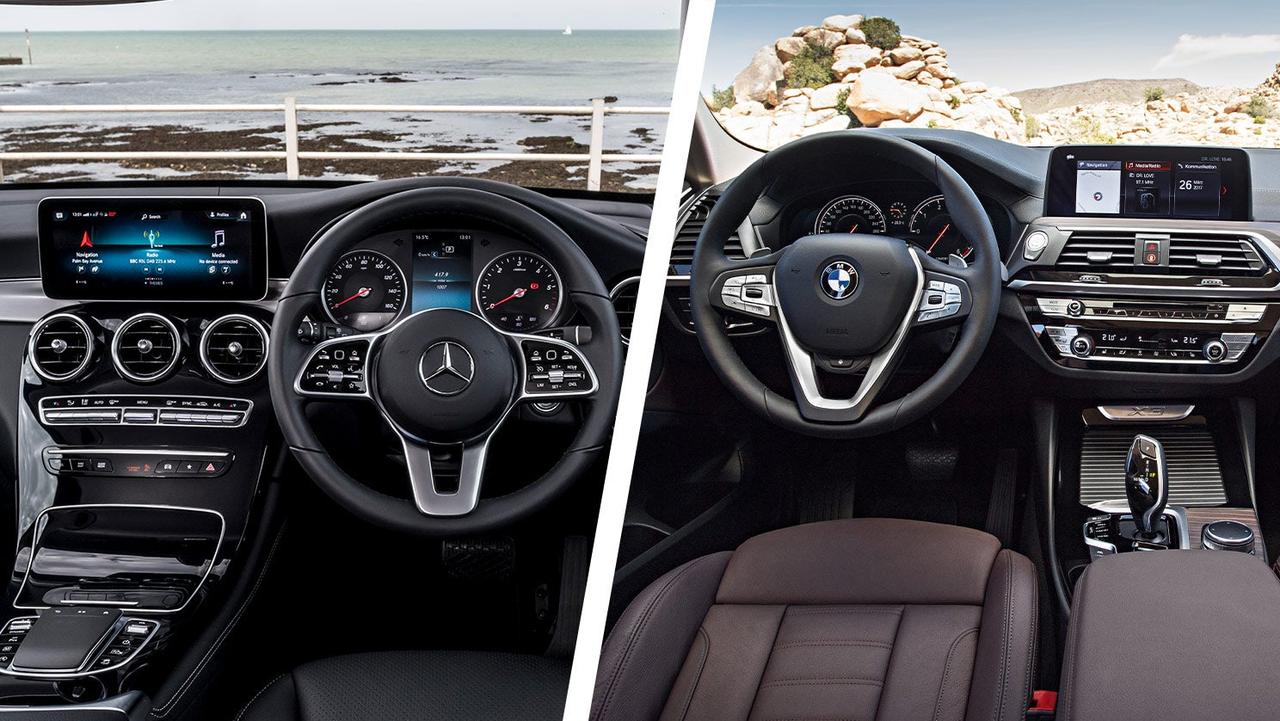
Stepping into the GLC's cabin, you're met with a lot of the same parts you'd find on a C-Class sold at the same time. That's generally a good thing because the switchgear feels nice under your fingers, with lots of metal, leather and wood pushing cheaper plastics mostly out of your eyeline. The standard-fit infotainment system works well but we think some menu layouts look a little fussy. As for space, the boot's usefully square and there's plenty for four tall adults – even a fifth won't have much to complain about beyond the limited elbow room.
Like the GLC, the X3's cabin has been seen before on plenty of other BMW models. Again, that guarantees a level of build and material quality, but the design is slightly more conservative than the Mercedes, with fewer obviously stylised details. More recent models get BMW's overhauled iDrive infotainment system which looks great and works well, but some early X3s in lower trims came with a particularly small infotainment screen that makes it hard to see and select on-screen functions, and looks quite naff compared to contemporary setups. It's a close-run contest, but the BMW marginally beats the Mercedes for passenger and cargo space.
Engines and performance
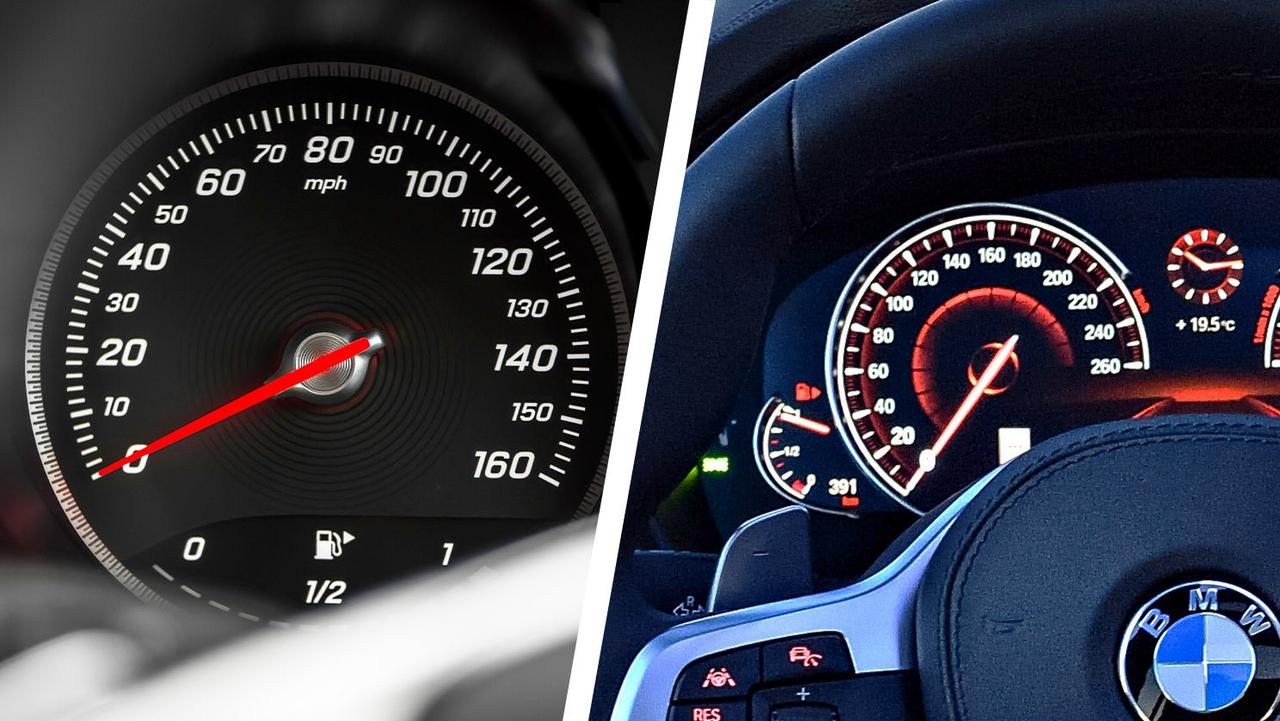
Diesel power is the most common choice for these models. Starting with the Mercedes, GLC models built until 2020 used a 2.1-litre diesel – badged either 220d or 250d with 170 or 204hp respectively. This unit is responsive and efficient making it a great match to haul the GLC's heft but you'll hear a noticeable grumble at idle and an almost tractor-like roar if you pin the throttle. The newer 2.0-litre diesel launched in 2020 is both more powerful and quieter. Petrol models are available, but they're less common and can be quite thirsty.
Again, you'll mostly find diesel engines under the X3's bonnet, with the 2.0-litre xDrive20d being the most common. It's smooth and powerful, with a fraction less upfront punch of the Mercedes unit but it's much quieter in all circumstances, especially when you're accelerating. The BMW's automatic gearbox is also a little smarter than the Mercedes' equivalent, making more logical decisions for when to hold onto a gear and when to swap to a different ratio. Six-cylinder diesels add even more refinement and power, or you can pick a petrol engine although, again, these are uncommon on the used market.
Driving
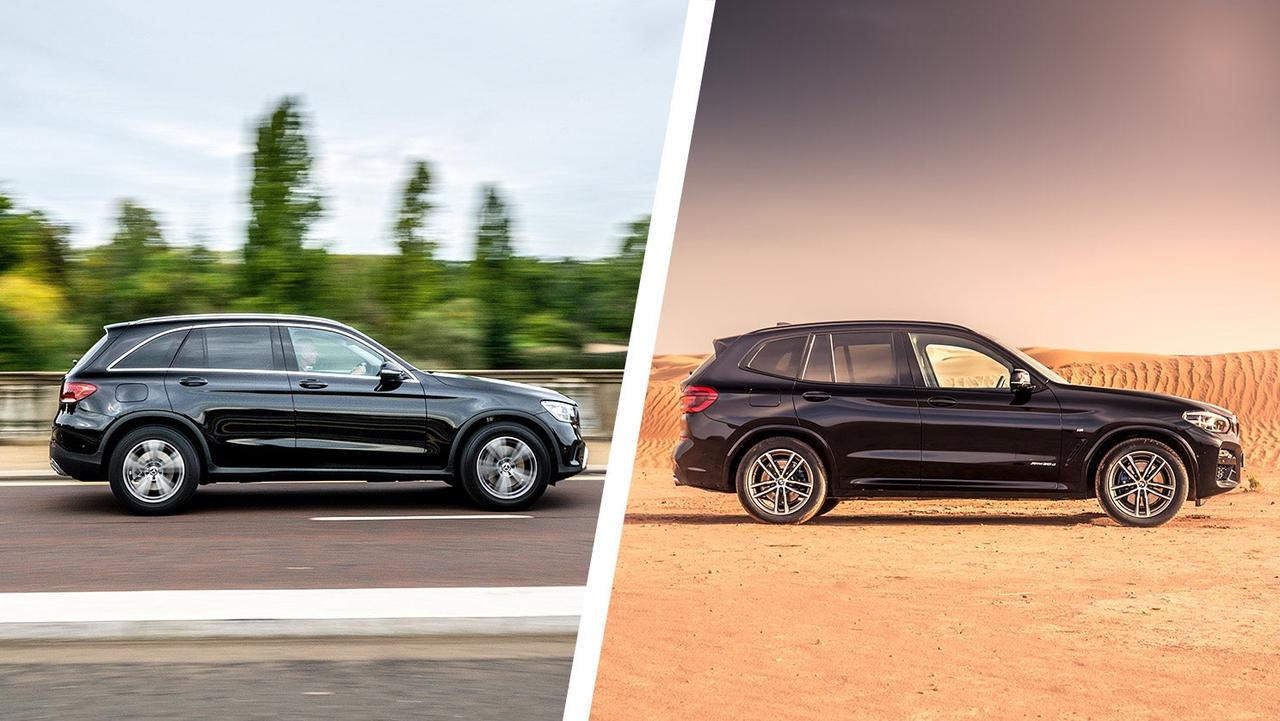
The Mercedes is totally inoffensive to drive. It feels controlled and composed, isn't afflicted by wayward body control like some tall SUVs, and the controls send the car exactly where you instruct it. What's lacking, however, is a sense of fun. There's little sense of what the front wheels are doing through the steering and, while body roll doesn't impact day-to-day driving, the car doesn't relish fast direction changes, either. It is reasonably comfortable and smooths out most vibrations from the road, but the sheer mass is hard to hide when it thuds over a pothole.
Where the BMW has tracked the Mercedes closely through this comparison, it sets itself apart on the road. You get all the confidence and reassurance you'd find in the brand's saloons, but with a slightly softer edge enabled by the X3's taller ride height. The result is a fantastically well-rounded driving experience that feels both effortlessly controllable and elegantly sprung, deflecting big bumps before they make it to your seat base. In fact, the only fly in the ointment – and it is a small fly – is the steering wheel itself, which we think feels a little overstuffed in the hand.
Value and reliability
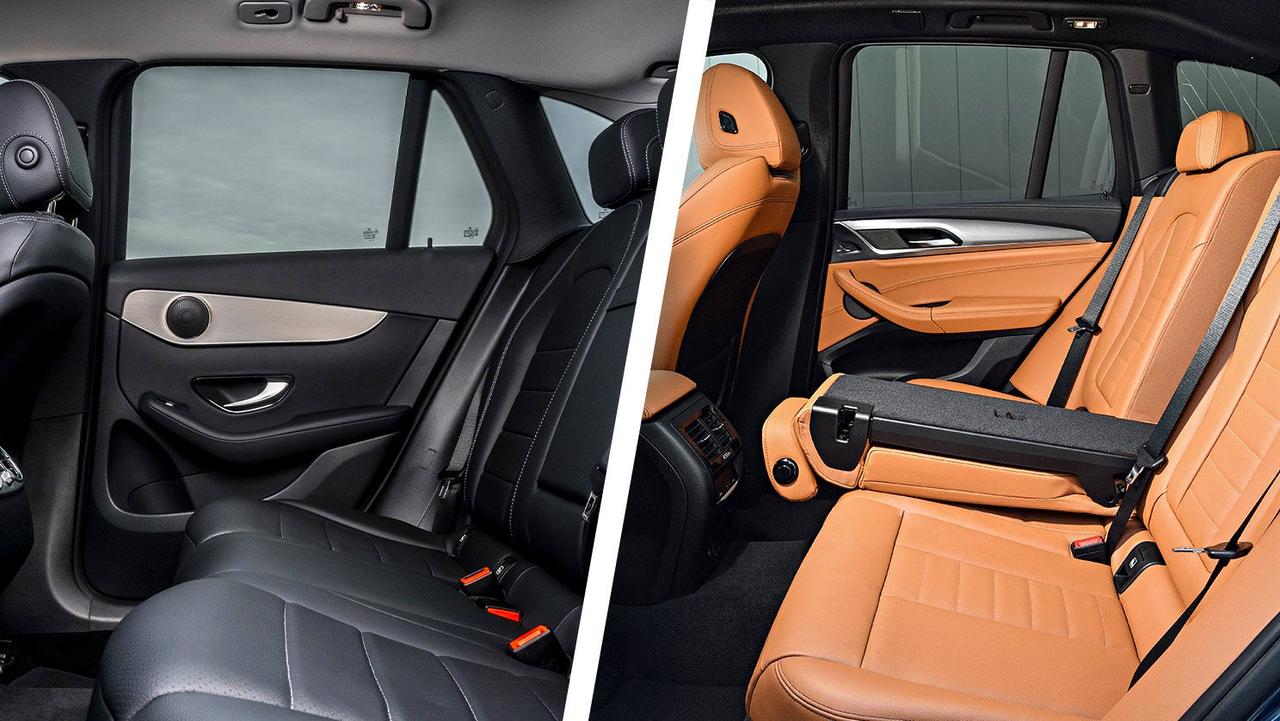
As for which premium SUV offers the best value, that's a hard question to answer. Mainly because both models are so closely matched on price, with small differences in mileage, age or spec likely to have a larger impact on price than which brand's badge sits on the bonnet.
We usually expect Mercedes cars to hold a very slight price premium over equivalent models from BMW and Audi. Such is the popularity of the X3, however, that you'll sometimes find used GLCs undercutting equivalent X3s – although usually only by a few hundred pounds.
Reliability can sometimes be a slight stumbling block for premium cars like these, which come loaded with features – and, thus, more things that can go wrong. We've not heard of any widespread reports of problems with these models or the engines they use, however. Scheduled maintenance will make sure either car lasts as long as possible and you can purchase yours with an extended warranty for greater peace of mind.
Which is best?
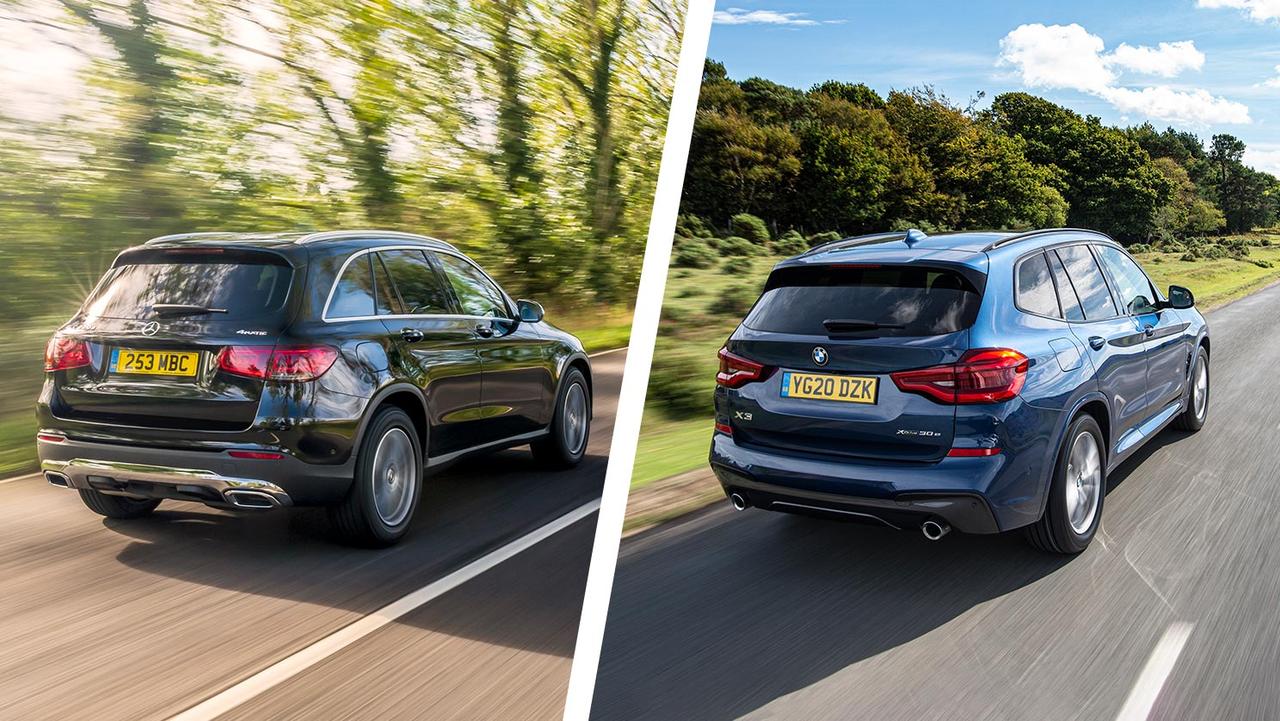
German premium brands like these are usually so laser-focused on matching each other's offerings car-for-car, that you're often best just choosing the one you like the look of the most – and this remains the case with the GLC and X3. Both have space for a family of four and all their luggage, and come stacked with on-board technology to make driving easy and entertaining.
If you prefer a comfortable car, you might be better suited by the GLC – it has a slightly more relaxed driving experience and a cabin overflowing with luxurious features. However, the X3 might be the better all-rounder, with most of the compliance of the Mercedes, but with a slightly more entertaining driving experience and, on newer examples, an infotainment setup that's just as fancy as the Mercedes'.
Regardless of your choice, buying either as a used car from Motorpoint means saving thousands of pounds off the list price. Or, to see more great picks, check out the best luxury SUVs you can buy.



































